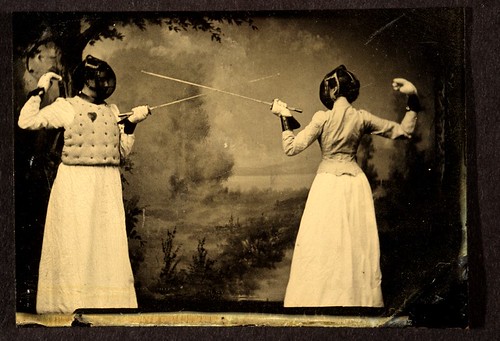
Two Women Fencing, Unidentified Artist, ca. 1885.
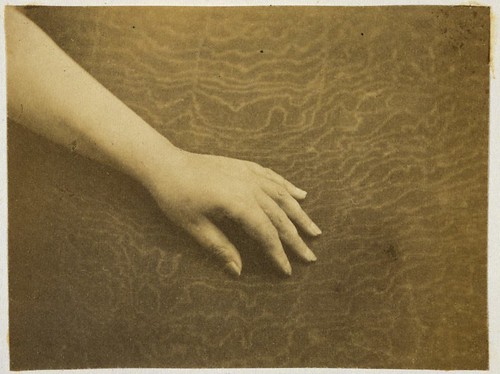
La Main de Madame Hugo, by Auguste Vacquerie, 1853-4.
These images are from the collection at the George Eastman House International Museum of Photography and Film in Rochester, New York. This collection is in the public domain—not copyrighted.
Being a lover of art and women’s history, I had to share some with you. Although the online collection spans years up to the mid-20th century, I picked out nineteenth century ones because, to me, it’s exciting to see photographic images of a time that far gone.
I’ve done a little online detective work to learn about who the subjects and/or photographers represented here were. That information is below in the large fonts.
The photo above, taken by the French photographer Auguste Vacquerie, must be of the hand of that Mme. Hugo—wife of Victor. Vacquerie was connected to the Hugo family through his brother’s marriage.
The image below by the English photographer Henry Peach Robinson supposedly depicts Viola from Shakespeare’s Twelfth Night. I found that out in a book about nineteenth century photographic theory and feminism, but…I was too tired really to understand what it said.
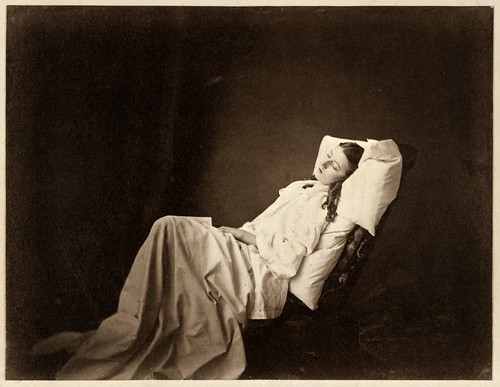
She Never Told Her Love, by Henry Peach Robinson, 1858.
The two photos below are by John Thomson, a Scottish pioneering photographer whose work among street people of London was a precursor to the field of photojournalism.
Being the passionate thrifter and clothes recycler that I am (I still have not bought any new clothes since last February), I was really fascinated with this one of the old clothes shop. I’ve never seen anything like it.
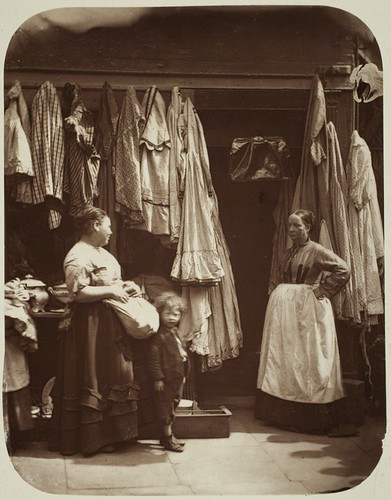
An Old Clothes Shop, Seven Dials, by John Thomson, 1876-7.
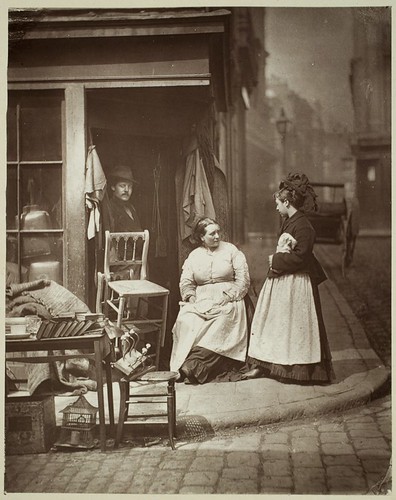
Old Furniture, John Thomson, 1877.
The photo below is titled “Petipa.” I’m quite certain the dancer is Mariia Surovshchikova-Petipa, who was prima ballerina to the St. Petersburg Imperial Theatres in the late 1800s. She was married to the choreographer Marius Pepita.
Interesting that in the fifth and sixth shots her arms are kind of at half-mast; not a true fifth position, and an unusual way to hold her hands (by today’s ballet standards).
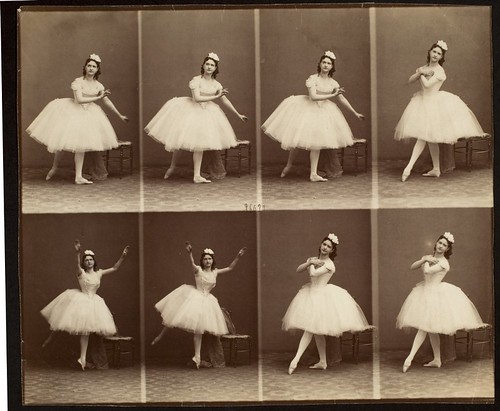
Petipa, Andre-Adolphe-Eugene Disderi, 1862.
The image below is by Julia Margaret Cameron, a British photographer from the Isle of Wight who found her art when she was 48 years old.
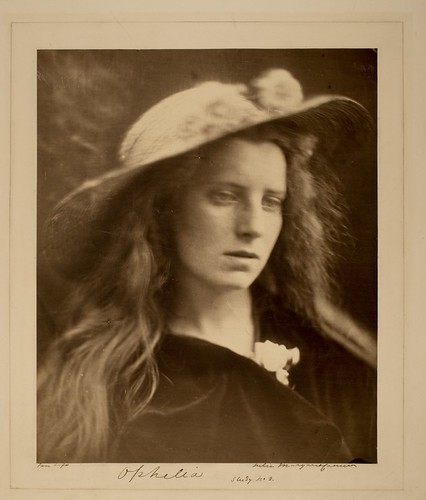
Ophelia Study, Julia Margaret Cameron, 1867.
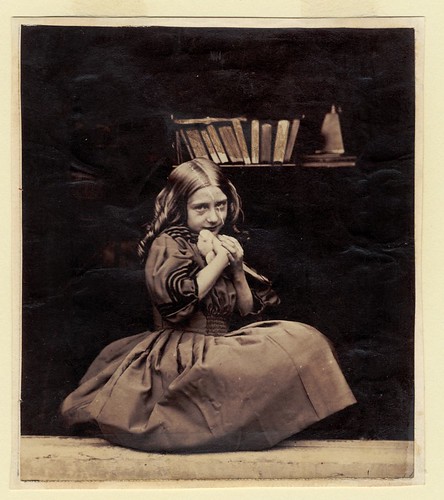
Girl With Dove, Oscar Rejlander, 1860.
The hand-tinted image below by early Japanese photographer Shin-E-Do looks like it could have been taken yesterday.
Shin-E-Do was known for depictions of Japanese life during the Meiji period (the last half of the nineteenth century)—a time of modernization and increasing status in the world.
I know little about how kimono and obi were traditionally worn, but I find it interesting that her obi is down around her hips, as in most of the images I’ve seen, it’s worn farther up the body. Maybe that was a style of the period? Or maybe her own personal style? Or…?
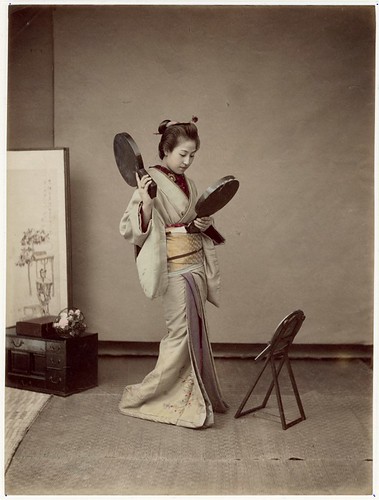
Japanese Woman With Mirrors, Shin-E-Do, 1890.
Aren’t these photos wonderful?
sallymandy